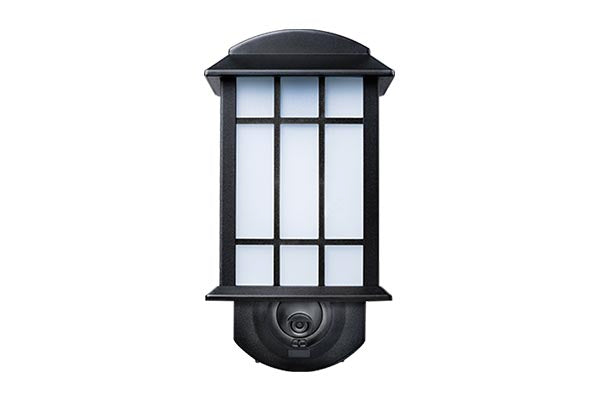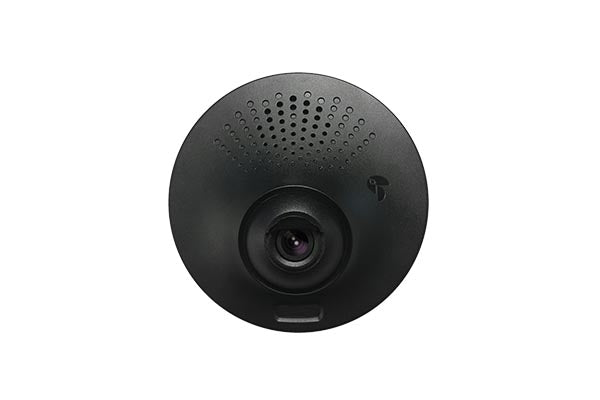
Summer Energy Saving Tips for the Home
The vast majority of new American homes now have air conditioning as standard equipment, EIA Residential Energy Consumption Survey show that 87 percent of U.S. households now have some form of air conditioning equipment. With the seasonal spike in residential air conditioning usage which is largely electricity driven according to the U.S. Energy Information Administration most can expect a higher electrical bill as temperatures begin to rise.
Taking a few simple steps can lead to increased comfort and reduced energy bills during hot summer months.
Take Advantage of Natural Ventilation
Natural ventilation works best in climates where the nights are cooler and you get regular breezes. Even homes that were not designed for natural ventilation can take advantage of the “ Chimney effect” or “Stack effect”, the natural convection flow of air as it heats up.
When cool air enters the home in the basement or first floor, it absorbs heat from the rooms. As the air heats up, it rises through your house and eventually exits through attic vents or open skylights. This process creates a partial vacuum in the lower floors drawing in even more air. This self repeating cycle is nature’s whole house fan system that will use no power.
The effect can be increased through landscaping. Wind and breezes can be funneled towards or away from windows and trees and bushes provide shade, ensuring the air entering the home is cooler.
Window Treatments
Coverings or other window treatments aren’t just for decoration. Awnings installed on the exterior of your home can reduce solar heat gain by 60-70% in summer months. Use an awning with ventilation through grommet holes or open sides to prevent hot air from building up around your windows. Lighter color awnings will reflect more sunlight. Install retractable or removable awnings to take advantage of the sun’s warmth during winter months. Mesh screens mounted on the exterior of the window can be effective in diffusing the sun’s heat if they cover the whole window.
Interior blinds can be adjusted to block and reflect sunlight from entering the home. To achieve natural lighting with minimal heat gain, adjust the blinds to reflect sunlight onto the lighter colored ceiling.
Draperies over windows have varying degrees of effectiveness depending on the material and color. Medium colored drapes with white backings can be the most effective at reducing head build-up from direct sunlight. The folds and pleats also allow for heat to dissipate quicker.
Properly installed interior window shades can be a simple treatment to save energy. They should hand as close to the glass as possible and extend to the sides of the frame to seal the space. Double sided shades can be turned; lighter side facing out during hot months to reflect the sun and darker side out in winter to absorb solar heat.
Ceiling Fans
Ceiling fans can do wonders to make you feel cooler, but turn them off when you aren’t in the room. Ceiling fans work by cooling you through the wind chill effect and do not actually lower the temperature in a room. Running them when absent is a waste of power.
Efficient Thermostats
Modern programmable thermostats can save a good deal on cooling and heating costs. They will learn your habits after a few weeks. The closer the inside temperature is to the outside temperature, the less your system will need to work. For each degree closer to the outside temperature it is set you reduce your cooling cost by one percent. Use a thermostat to reduce cooling during the times you are away and at night when you can benefit more from natural ventilation. Keep heat generating items away from your thermostat, such as televisions and lights as they give it false readings and it will work harder.
Keep your Cooling System in Top Shape
Follow all maintenance instructions for your cooling system and have it checked by a professional in the beginning of the season for a tune up to keep it running at top efficiency. Change air filters regularly, a dirty filter will make your system work harder. Vacuum and dust build-up from air exchanges and registers.
Air Sealing
When you are running your heating or cooling system you definitely want to reduce the air leaking into your home. Simple caulking and weatherstripping will pay for itself in one season and last for years. Reducing air leakage can also improve moisture levels that lead to health problems. Many local utilities offer reduced cost or free home energy audits so you can find a professional to assess your needs.
Caulking is best used for locations with stationary building materials like water pipes and external fixtures. Windows can be calked around the edges of the frame, but not on any moving parts. You will need approximately one half a tube per window for proper sealing.
Weatherstripping is used on moving materials like windows and doors to create a better seal. Choose a type that will not interfere with the operation of the door or window and will withstand the level of use for that opening. There should be a solid seal when they are closed, but allow it to freely open completely. Weatherstripping should not cause so tight a seal that you need to use force to close the window or door.
Use Appliances Sparingly
It is obvious that using your oven too much during hot months will stress your cooling system and cost you more to operate, but that applies to all of your appliances as well. Only operate washer and dryers when you have full loads. Take showers instead of baths to save hot water and reduce the running time on your water heating system. High efficiency LED or fluorescent lighting will give off a fraction the heat that incandescents give out.
Update to more energy efficient systems
Automate lighting, new refs, air con, etc
Stop break-ins before they happen.

Save $20 on your first order.
Latest news, feature updates, and exclusive discounts.



